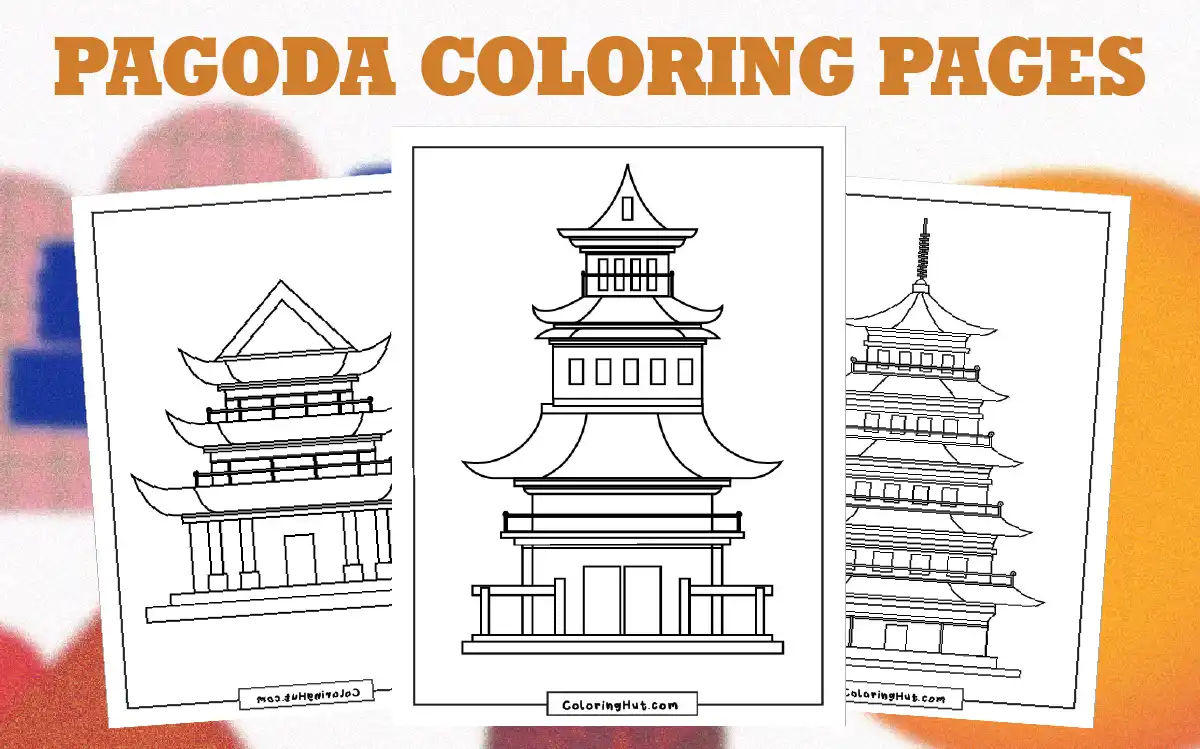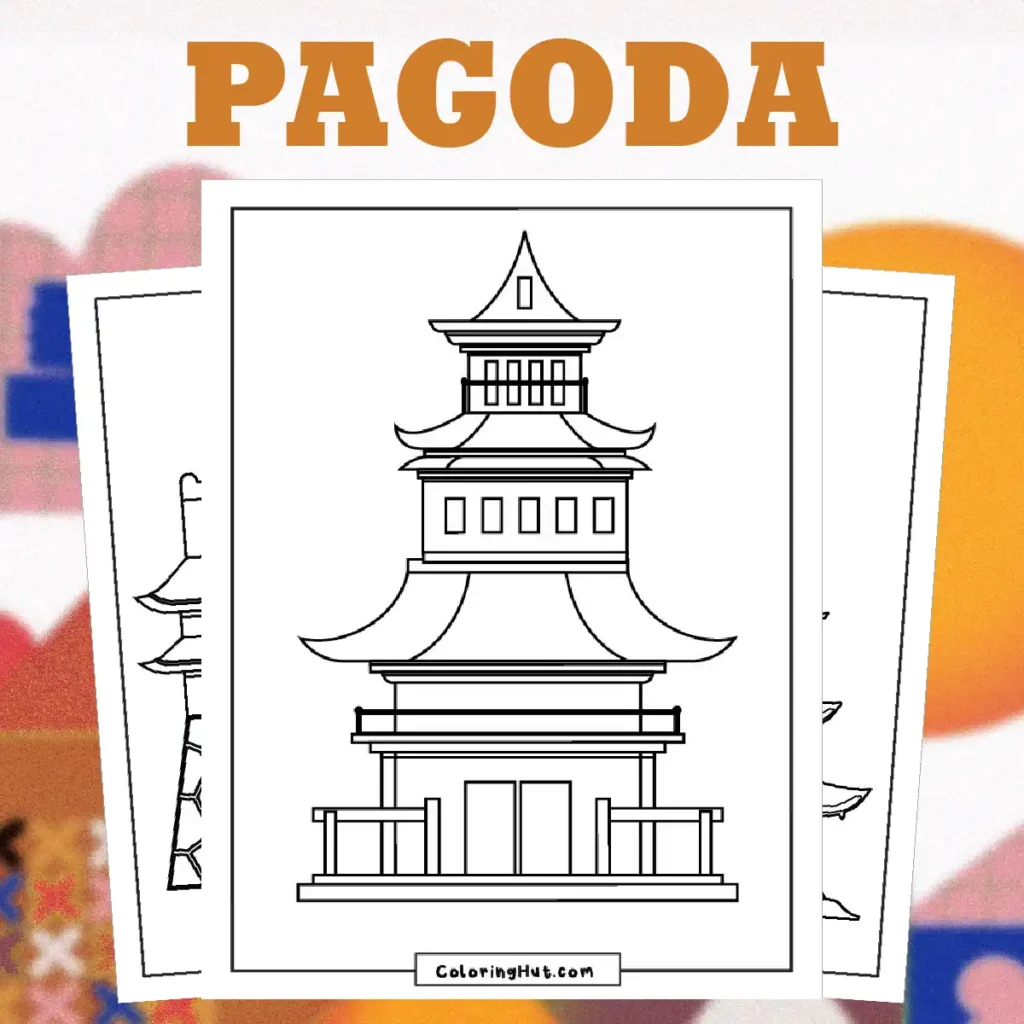
Discover a world of creativity and relaxation with our Free Pagoda Coloring Pages. Coloring is not just a delightful pastime for children but has also gained popularity among adults, offering a calming and therapeutic experience. Let us delve deeper into this fascinating theme!
Pagodas are iconic structures found across Asia, primarily associated with countries like China, Japan, Korea, and Vietnam. Traditionally, these multi-tiered towers served religious purposes, often being part of Buddhist temples. The exotic architecture of pagodas, with their distinctive multi-eaved roofs and cultural significance, makes them an exciting subject for coloring pages.
Pagodas have a deep-rooted symbolic meaning in Asian cultures. They are considered sacred structures and are often built in places of spiritual significance. Each tier of a pagoda is said to represent a different element of life, such as earth, water, fire, wind, and space. These symbolic elements can inspire creativity and introspection while you color.
Coloring pagoda pages offers numerous benefits, from enhancing creativity to promoting mindfulness. Let’s explore how engaging with these pages can enrich your life.
Coloring intricate designs, like those of pagodas, can serve as a meditative practice. The repetitive motion of coloring allows the mind to focus and unwind, reducing stress and anxiety. This tranquil activity provides a break from the hustle and bustle of daily life.
Working on a detailed pagoda coloring page requires concentration, which can help improve attention span over time. Moreover, deciding on color combinations and experimenting with different shading techniques nurtures creativity and innovation.
Coloring pagoda pages opens a window to Asian cultures, fostering an appreciation and understanding of different traditions. As you immerse yourself in this activity, take a moment to learn about the history and significance of pagodas in various parts of Asia.
Making your own pagoda coloring pages can be a rewarding endeavor, offering you even more control over the creative process.
There are a variety of design tools available that can assist in crafting unique pagoda coloring pages. Experiment with digital illustration platforms to create customized designs that reflect your artistic vision.
When designing coloring pages, consider incorporating a range of complexity levels. You can create simple outlines for beginners or intricate patterns that challenge even seasoned coloring enthusiasts. This variety ensures that your coloring pages appeal to a diverse audience.
Optimizing your site for search engines can help attract more visitors to your pagoda coloring pages. Here’s how you can make your pages more discoverable.
Utilize relevant keywords such as “Free Pagoda Coloring Pages” throughout your content. Craft descriptive titles and include these keywords in headings and alt text to improve search engine visibility.
Keep your content fresh by regularly adding new pagoda coloring pages. This practice not only encourages return visits but also signals to search engines that your site is active and relevant.
To foster a vibrant online community around your coloring pages, consider strategies that enhance user interaction.
Invite users to share their colored pages through social media platforms. Creating a digital gallery on your website where users can submit their artworks promotes community engagement and connection among coloring enthusiasts.
Organize themed coloring challenges and contests, encouraging participants to explore creative interpretations of pagoda designs. Such initiatives spark interest and excitement, fostering a loyal and interactive audience.
Free Pagoda Coloring Pages open the door to a blend of creativity, relaxation, and cultural exploration. They invite participants of all ages to enjoy the soothing art of coloring while connecting with the rich traditions of Asian architecture. As you continue to explore the world of pagodas through coloring, allow your creativity to flow and enjoy the journey towards mindfulness and artistic expression.
